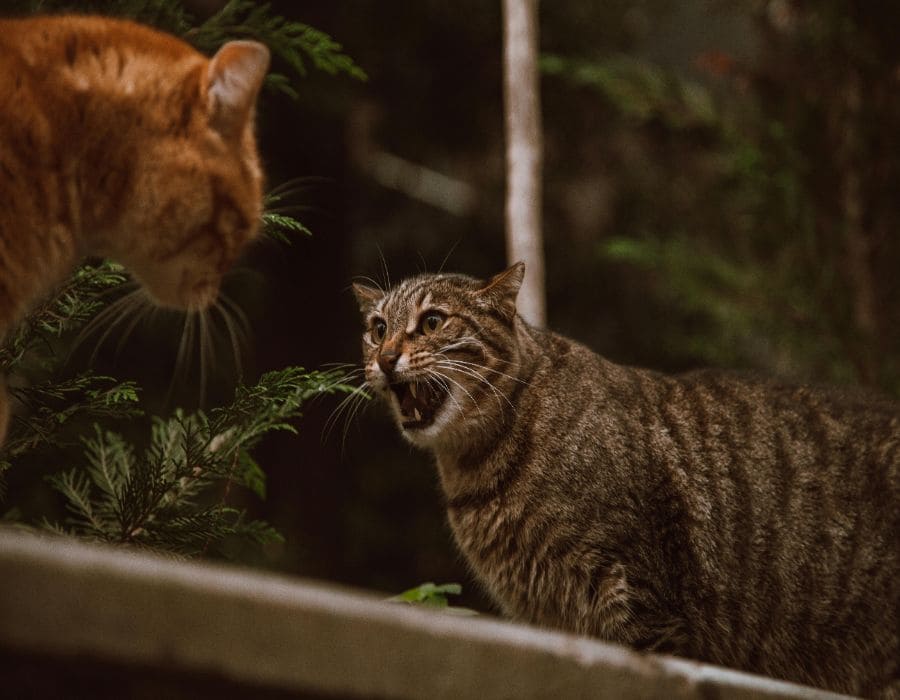10 Ways To Stop A Cat Fight
Introduction
Cats may seem independent, but when tensions rise, fights can break out in a flash. Whether it’s territorial disputes or dominance battles, knowing how to intervene safely is crucial.
Stopping a cat fight requires patience and strategy. Never use your hands—cats in fight mode can lash out unpredictably. Instead, try these 10 effective ways to break up and prevent cat fights.
Clap Loudly

A sharp, sudden noise like clapping or banging a pot can startle fighting cats, making them pause long enough for you to safely intervene.
Use a Spray Bottle

A quick spray of water often distracts cats from their fight. This harmless method discourages aggression without causing fear or harm.
Throw a Soft Object Nearby
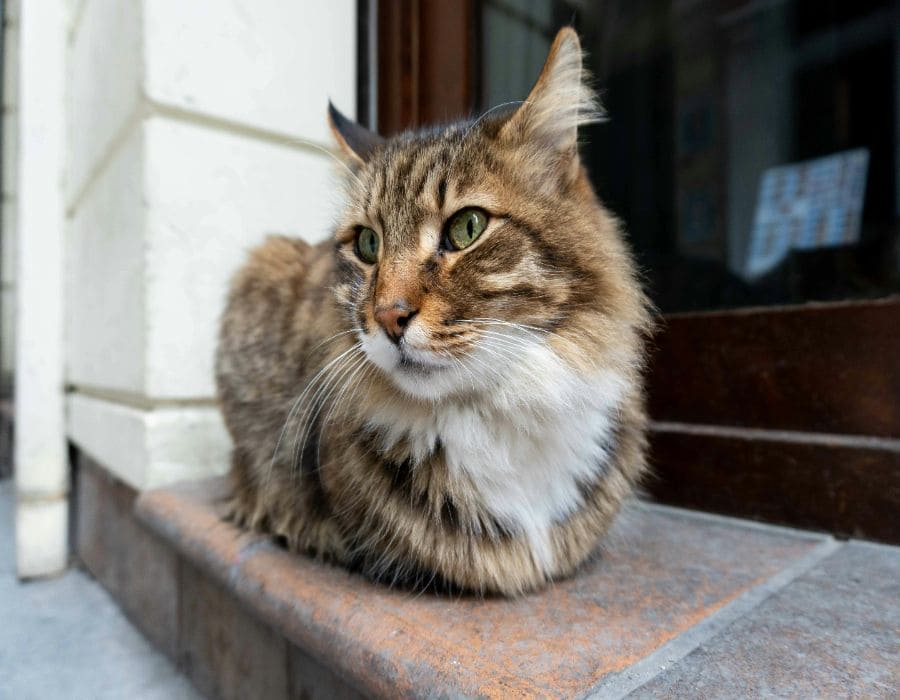
Tossing a pillow or towel near (but not at) the fighting cats can break their focus, giving them a moment to back away from each other.
Make a Hissing Sound
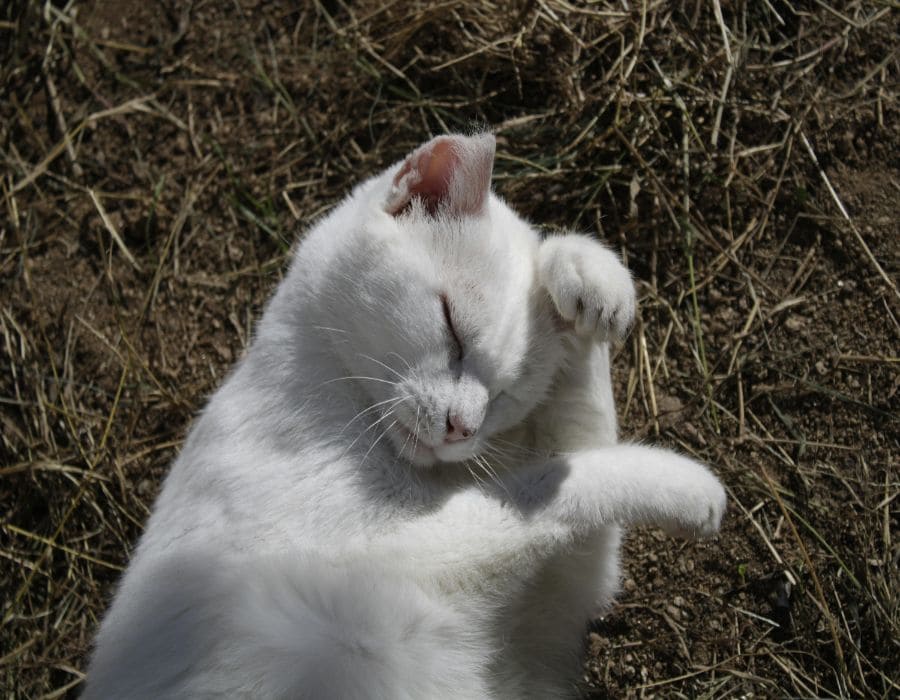
Mimicking a cat’s natural warning sound can sometimes stop a fight. A strong, loud hiss signals danger and may prompt the cats to separate.
Block Their View
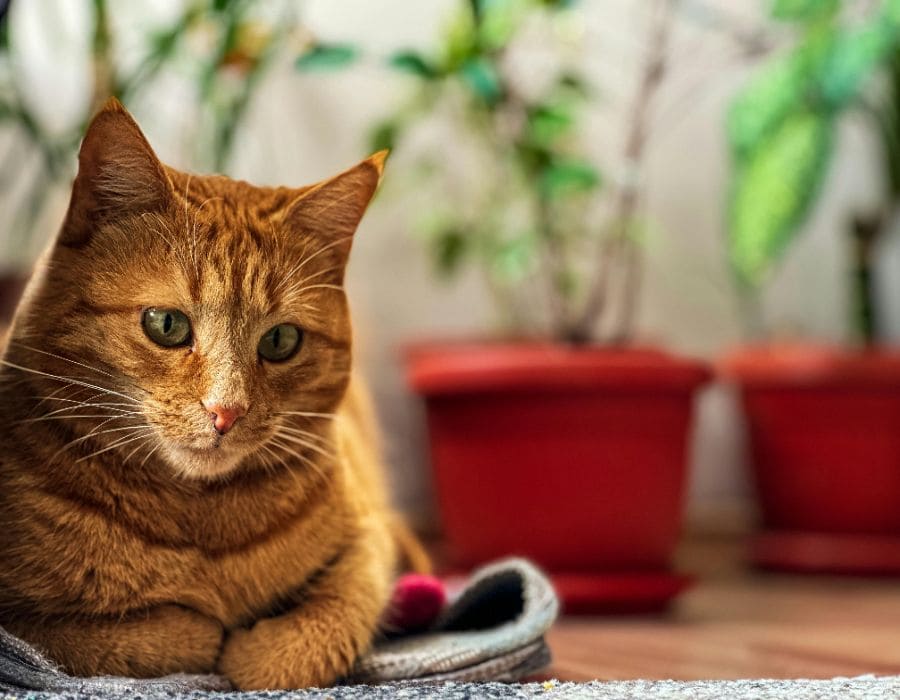
Placing a cardboard box or piece of furniture between them can interrupt their fight and give each cat time to cool off.
Distract with a Toy

Throwing a toy or shaking a treat bag might be enough to shift their focus from fighting to something more positive and engaging.
Use a Barrier

A large piece of cardboard or a broom (without touching them) can be used to gently separate the cats without putting yourself in danger.
Separate Them Into Different Rooms

Once they’ve calmed down, place each cat in a different area to prevent another immediate altercation and allow tension to fade.
Check for Injuries

After breaking up a fight, inspect both cats for scratches or bites. Even minor wounds can become infected, so watch for signs of swelling or pain.
Reduce Triggers

Identify what’s causing the fights—territorial issues, new pets, or food disputes—and work to eliminate or manage these stressors to prevent future conflicts.
Conclusion
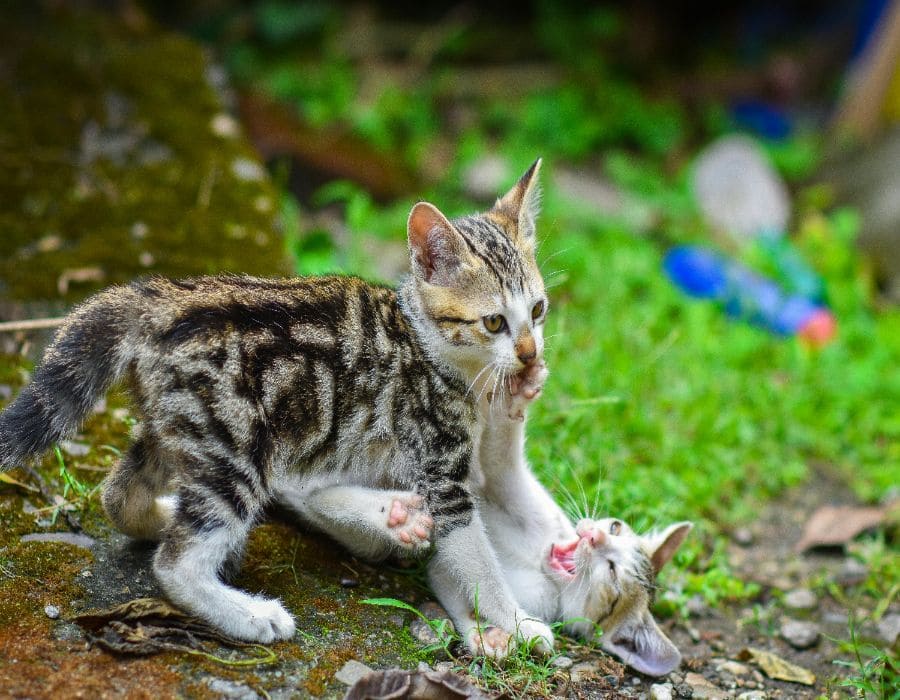
While occasional disagreements are normal, frequent fights indicate deeper issues. Providing enough space, separate resources, and gradual introductions can help keep the peace. If aggressive behavior continues, consulting a vet or behaviorist may be necessary to ensure a harmonious home.

